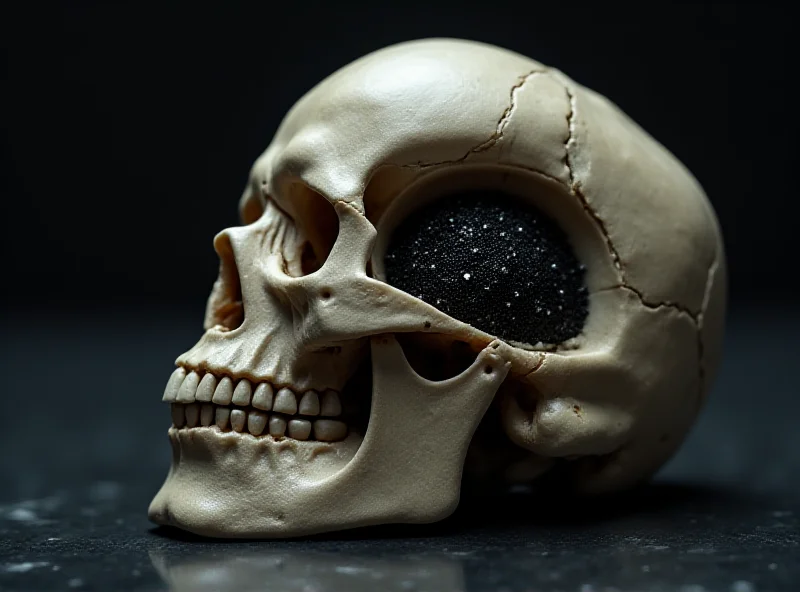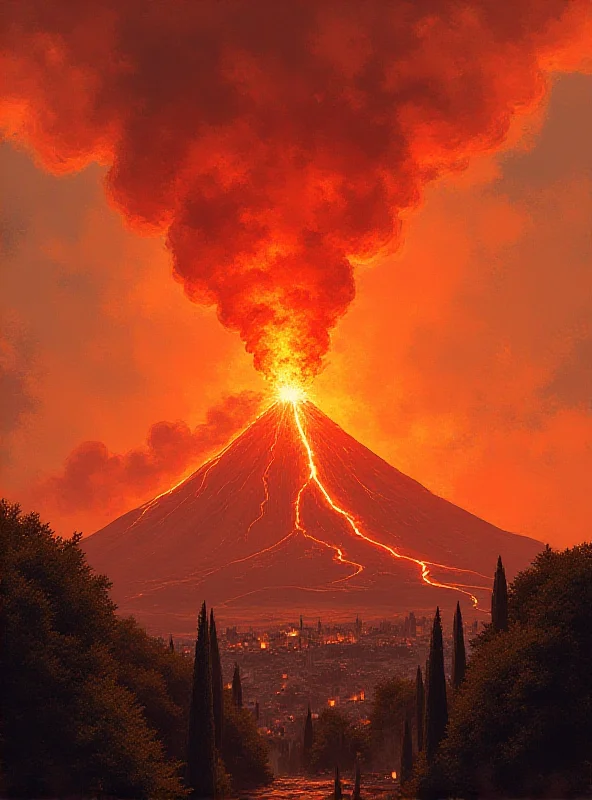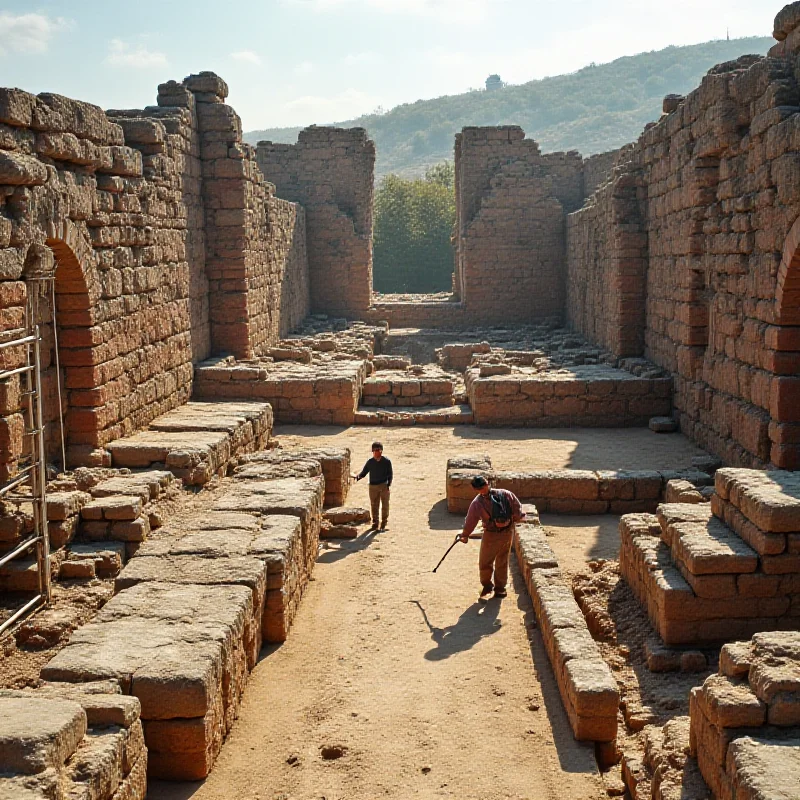The devastating eruption of Mount Vesuvius in 79 AD claimed countless lives and buried entire cities under ash and pumice. Now, archaeologists have made a remarkable discovery: the brain of a young man, preserved in an almost unbelievable way. The intense heat from the eruption, followed by a rapid cooling, turned his brain into glass.

A Moment Frozen in Time
The victim, believed to be a 20-year-old caretaker at the Collegium Augustalium in Herculaneum, was caught in the path of the superheated ash cloud. This wasn't a slow, suffocating burial; it was a blast of extreme heat followed by a sudden drop in temperature. This rapid temperature shift is what scientists believe caused the vitrification process, transforming the man's brain into a glassy substance.
“It's extraordinary to be able to examine the brain of a human being who lived almost 2,000 years ago,” says Dr. Isabella Rossi, lead researcher on the project. “The level of preservation is unprecedented, offering us a unique window into the past.”
The Science of Vitrification
Vitrification is the process of transforming a substance into a glass-like amorphous solid. In this case, the intense heat of the pyroclastic flow – estimated to be around 510 degrees Celsius – vaporized the body fluids and organic tissues. The subsequent rapid cooling prevented the formation of crystals, resulting in the conversion of the brain matter into glass. The preserved brain matter, though pea-sized, provides invaluable insights into the individual and the circumstances of their death.

Herculaneum: A Sister City to Pompeii
While Pompeii is perhaps the most famous victim of Vesuvius, Herculaneum suffered a similar fate. However, the way the cities were affected differed. Pompeii was buried under ash and pumice, while Herculaneum was struck by a series of pyroclastic flows – searing hot avalanches of gas and volcanic debris. This difference in the manner of destruction is what led to the unique preservation of the young caretaker's brain.
The discovery highlights the power and terror of volcanic eruptions, while also offering a fascinating glimpse into the lives of those who lived and died in the shadow of Vesuvius. Further research is planned to analyze the glassy brain matter and extract more information about the man, his life, and the final moments of Herculaneum.

The young caretaker's tragic story serves as a chilling reminder of the destructive force of nature and the enduring power of archaeological discovery.
